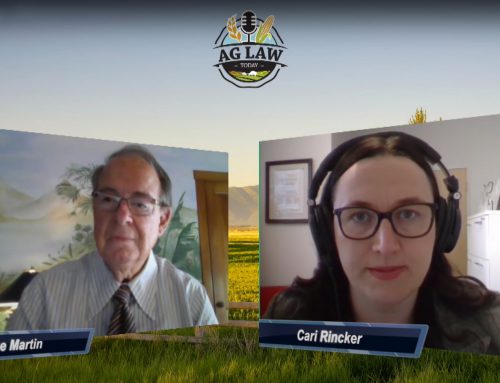It’s no secret that pollinators are of vital importance to the country’s agriculture industry, and most people have heard that many pollinators—such as honeybees and Monarch butterflies—are in trouble. Similarly, those pollinators that aren’t experiencing troubles like reduced numbers or documented colony collapses are needed to take up the slack of those that are in dire straits.
Experts agree that the reasons behind most pollinators’ troubles are multifaceted. However, they all do agree that a lack of food in wide swaths of acreage is a problem that affects all pollinators, and that they would all benefit from more food sources closer at hand. Cities and states have responded to such findings by planting host plants like milkweed and opting not to cut road and highway medians, verges and the like. Luckily, this is an area where anyone—no matter whether living in a rural or city setting—can help pollinators, too.
The USDA recently revealed its “Plant a Window Box for Pollinators” initiative utilizing The People’s Garden Initiative website, which encourages the start and sustainability of gardens in schools and communities, urban farms and other agrarian undertakings. The USDA initiative aims to encourage individuals living anywhere to plant a window box to offer a pollen food source to pollinators.
The website offers valuable information and tips for participants in the Window Box initiative, such as providing a continuous food supply, a variety of options and staying as chemical and pesticide free as possible. Participants can use the People’s Garden Initiative site to link to the Pollinator Partnership website where they can get a detailed planting guide for their specific ecoregion in exchange for their zip code. The guide lists the exact plants that will be most beneficial to the pollinators in the region.
Setting up a window box garden is easy and inexpensive. It’s also a great family-friendly activity that improves your home’s curb appeal and teaches agriculture, science and conservation. Happy planting!



